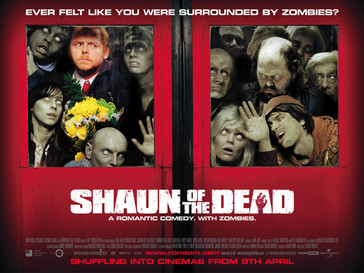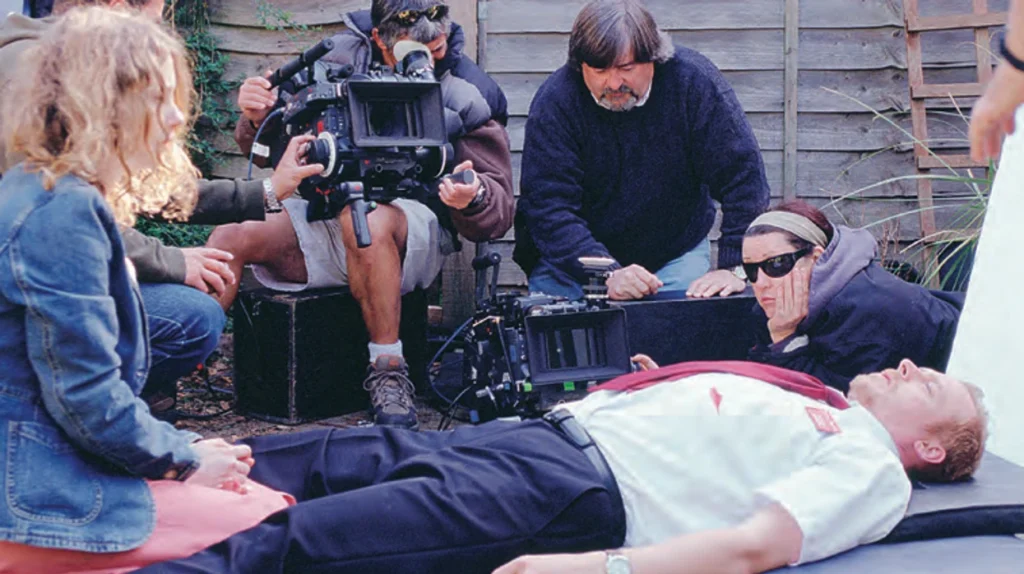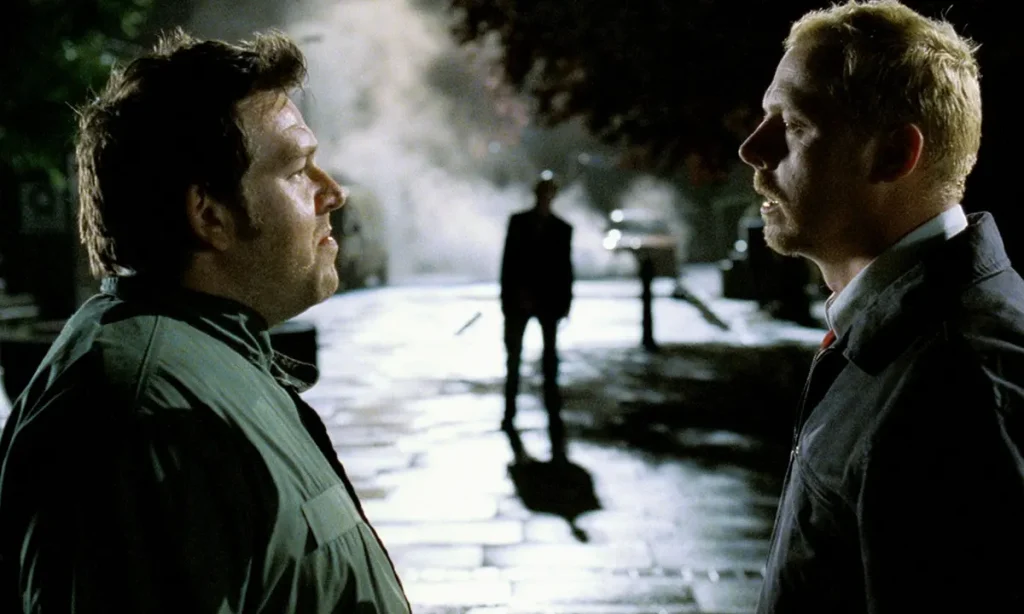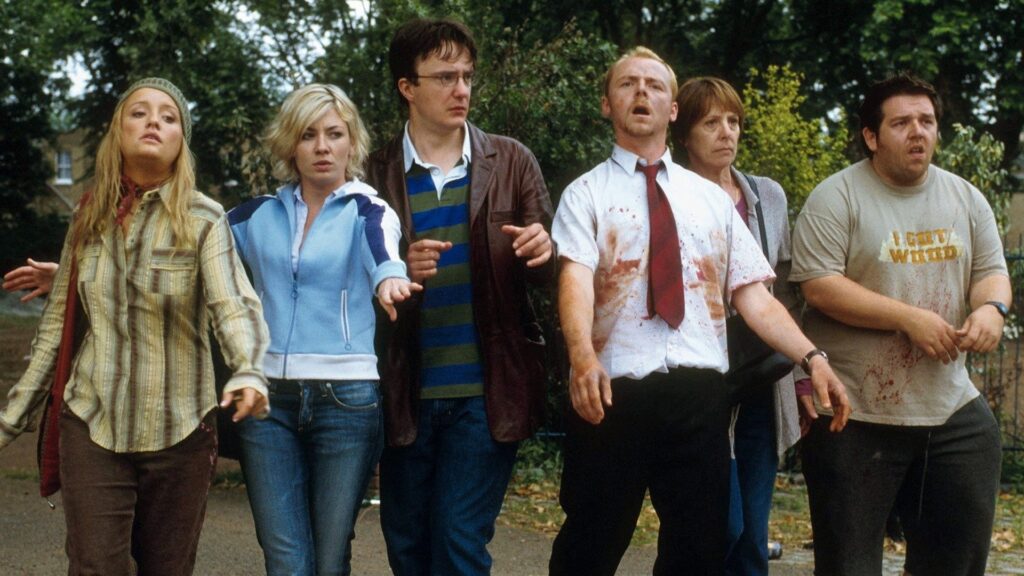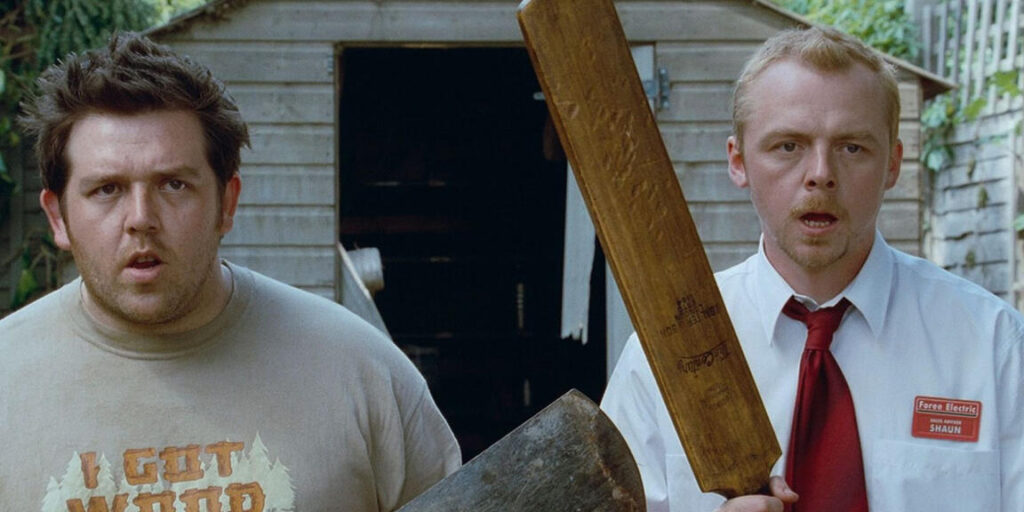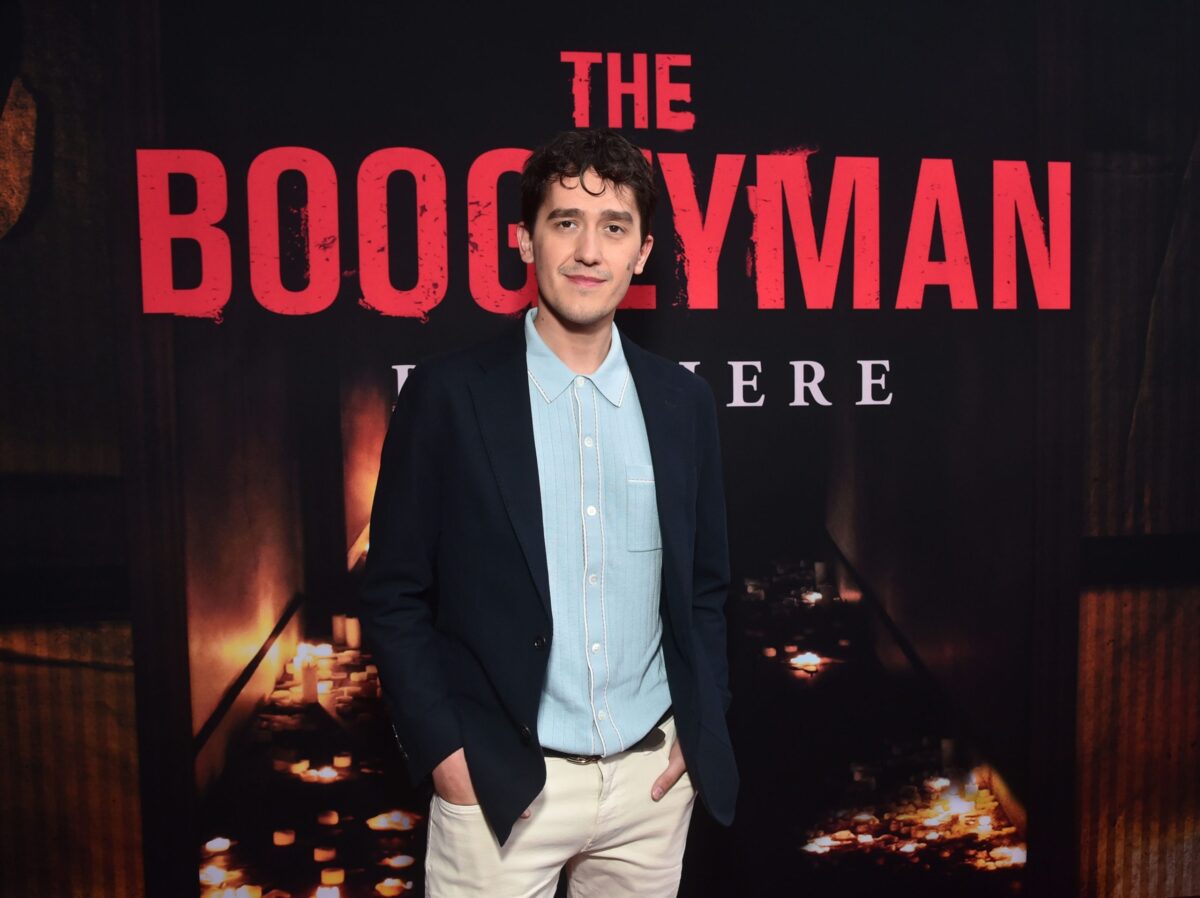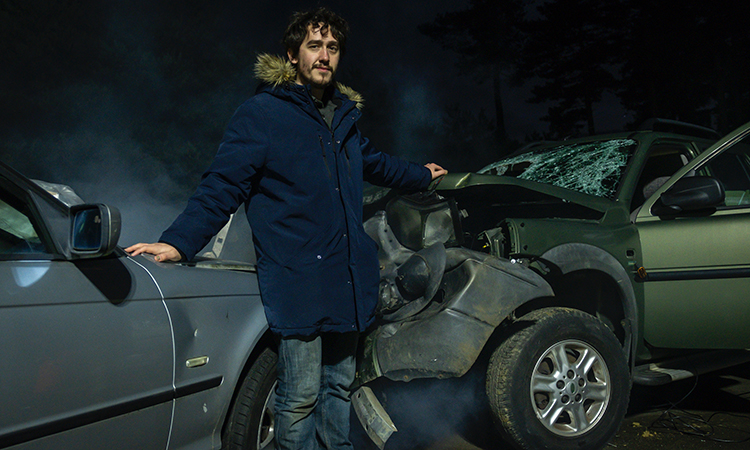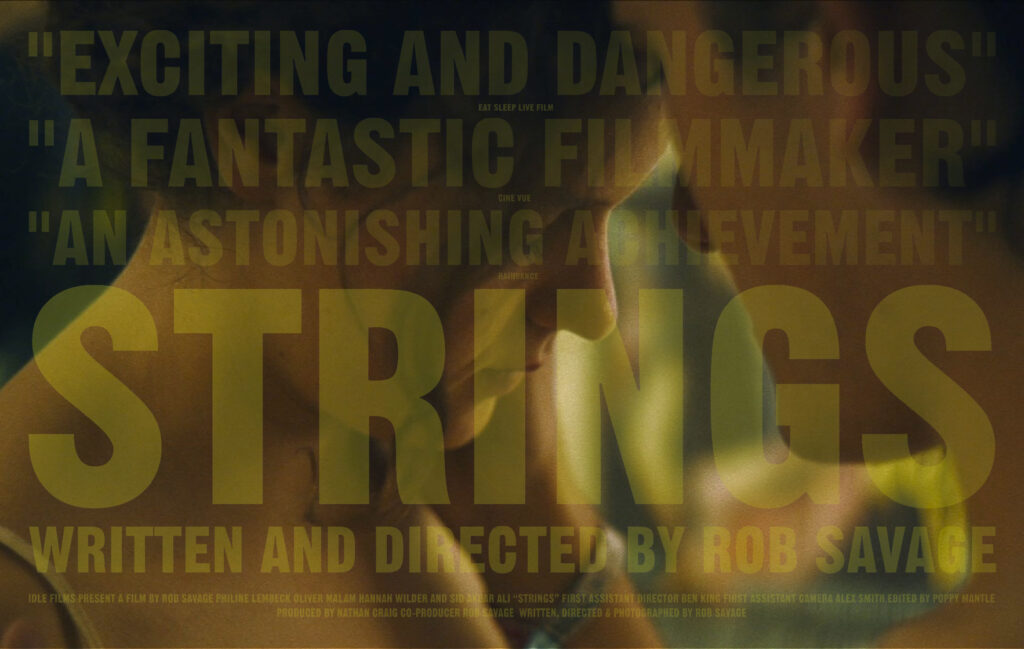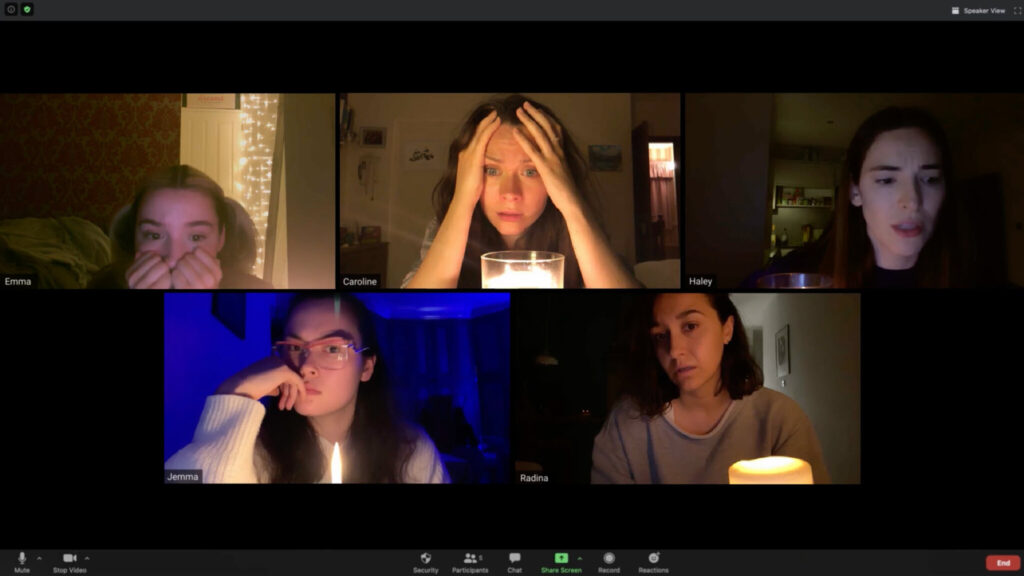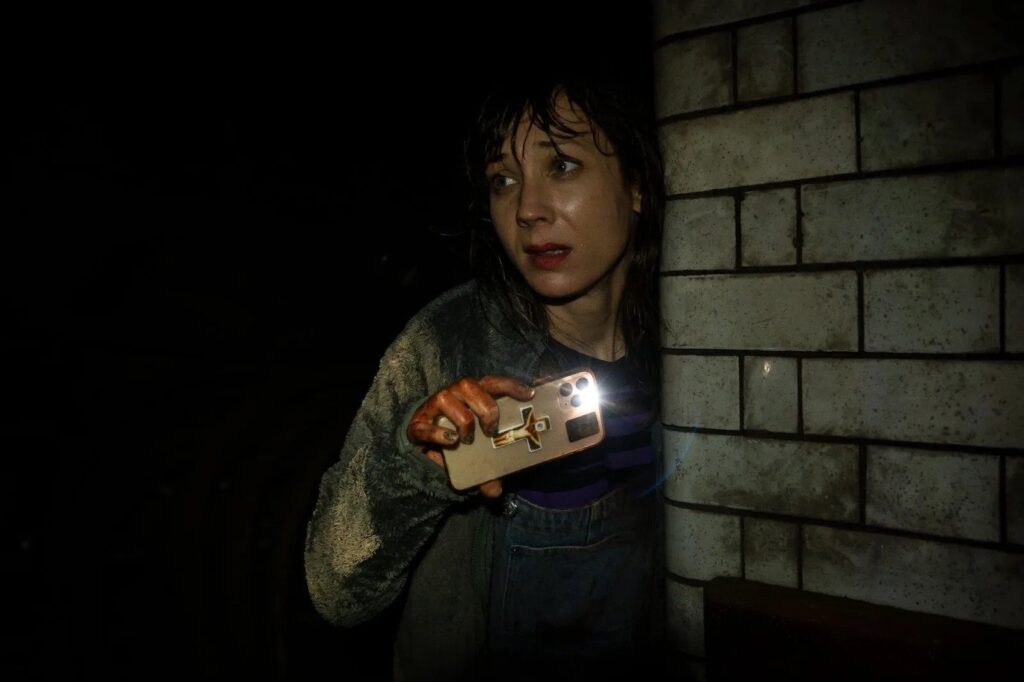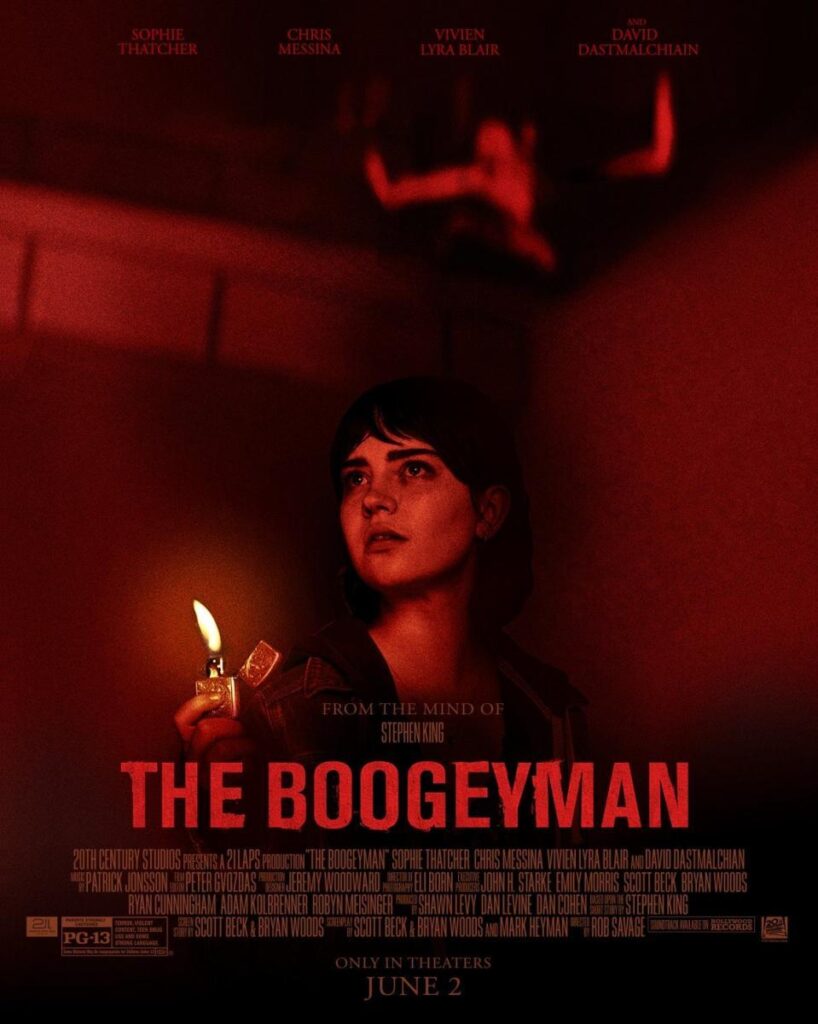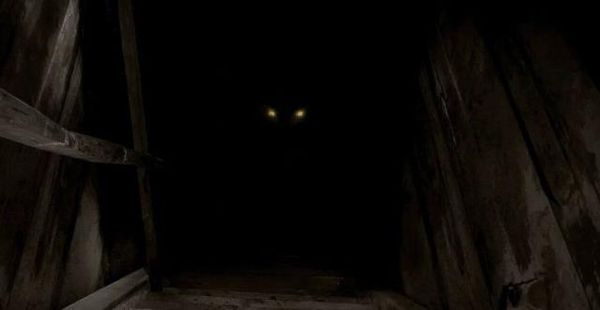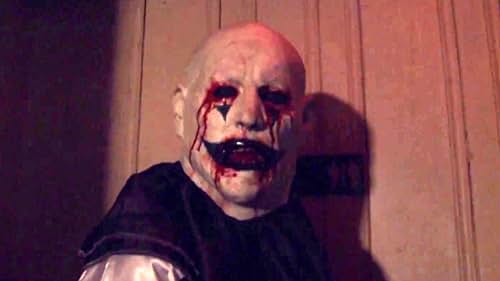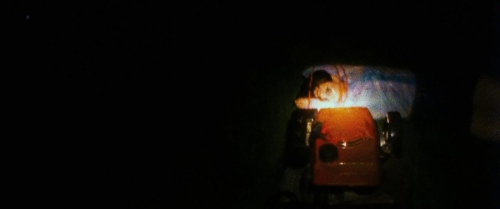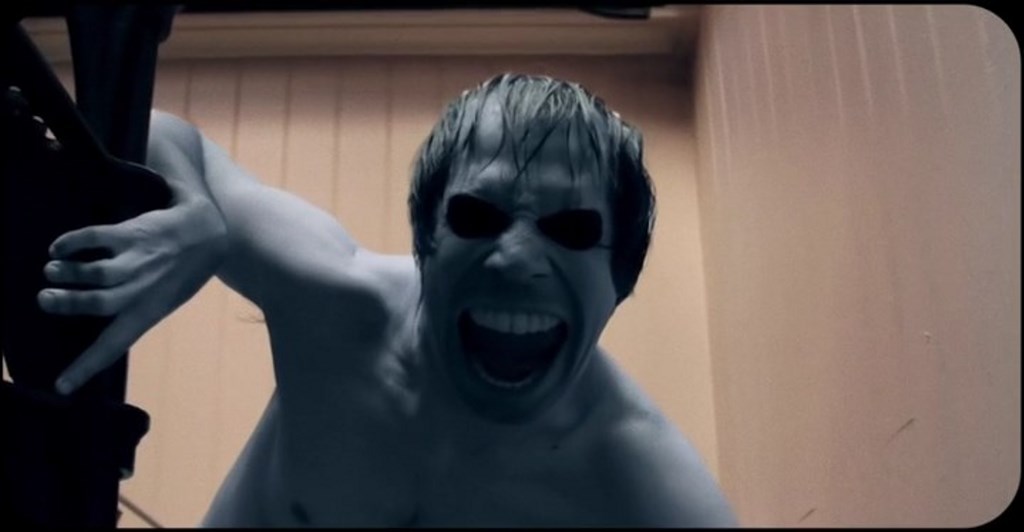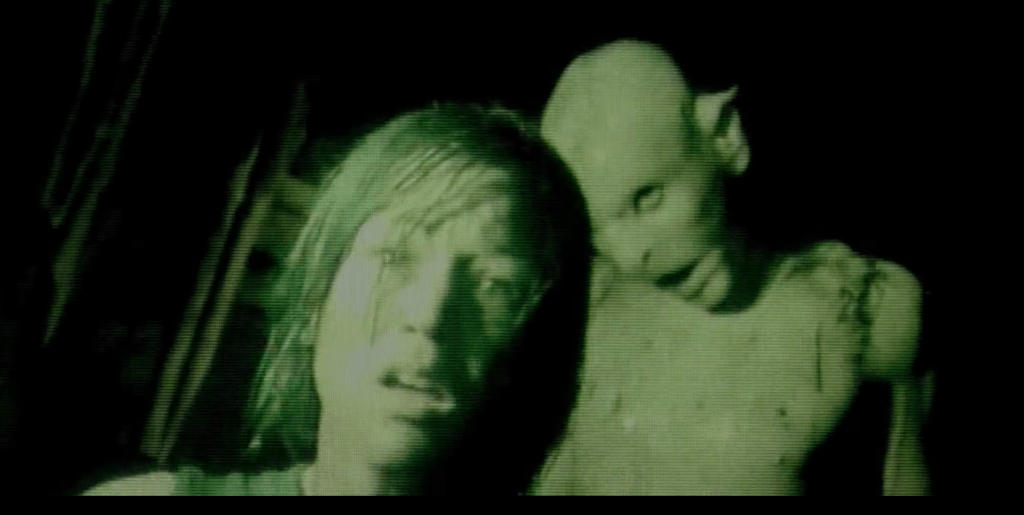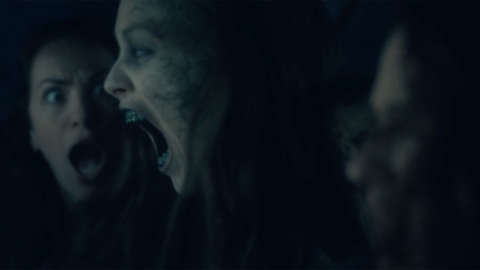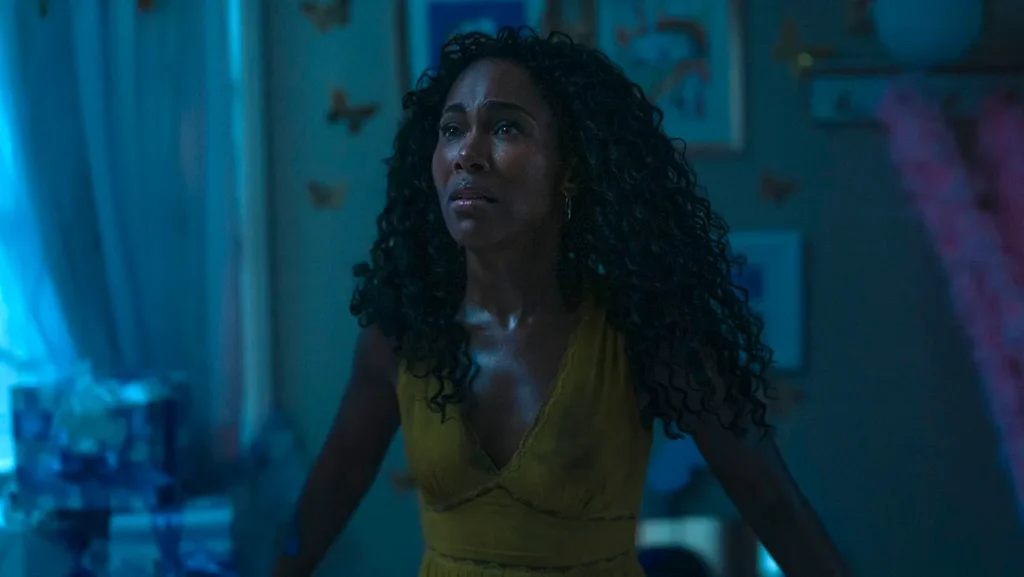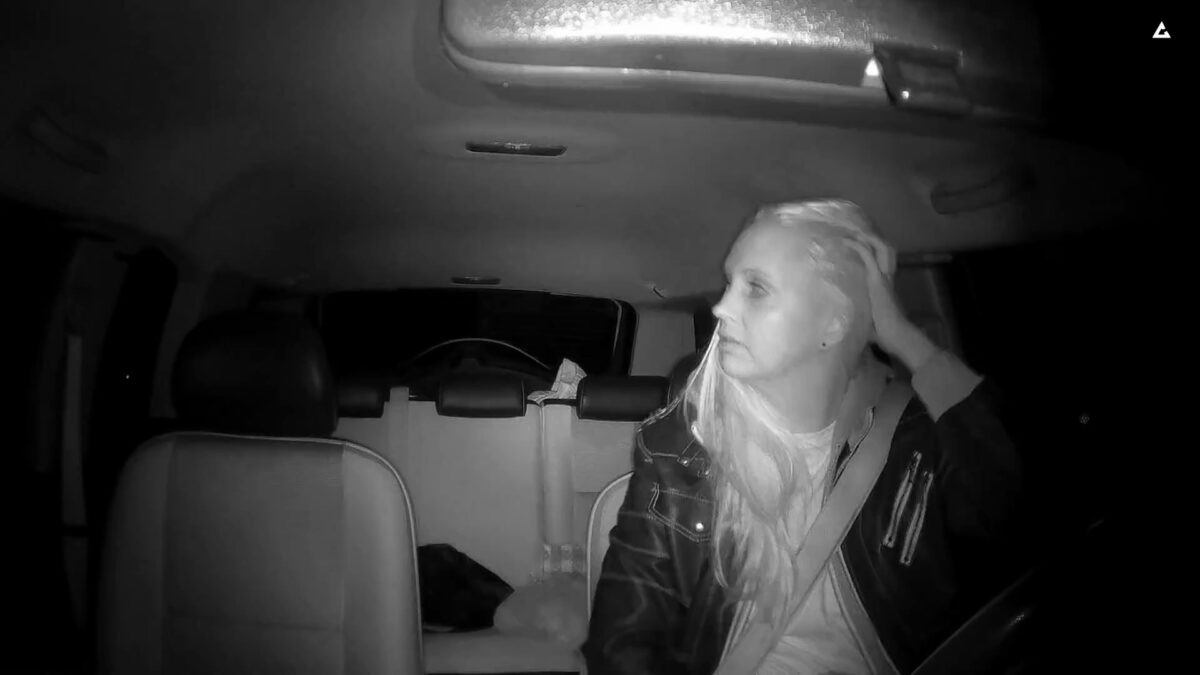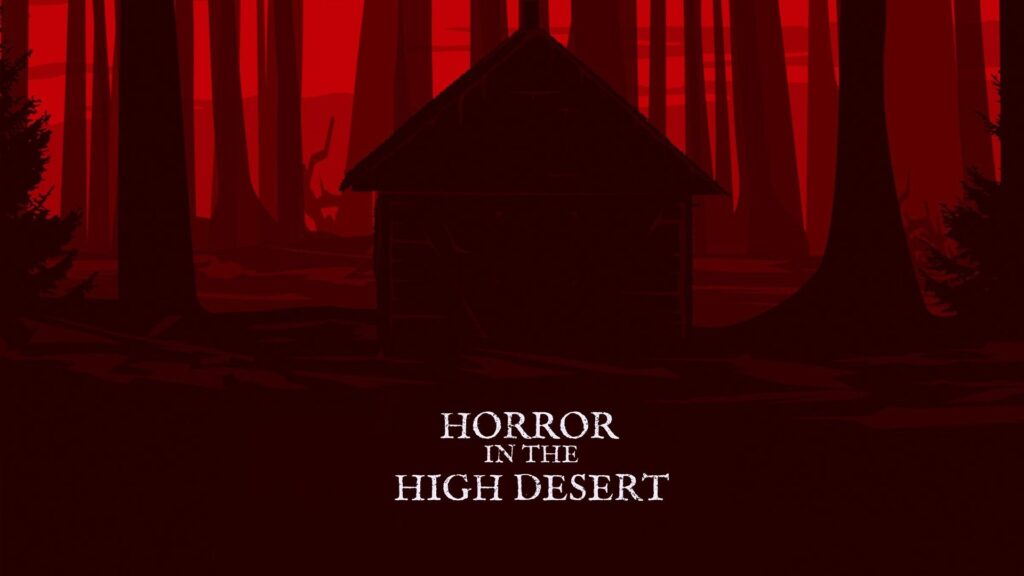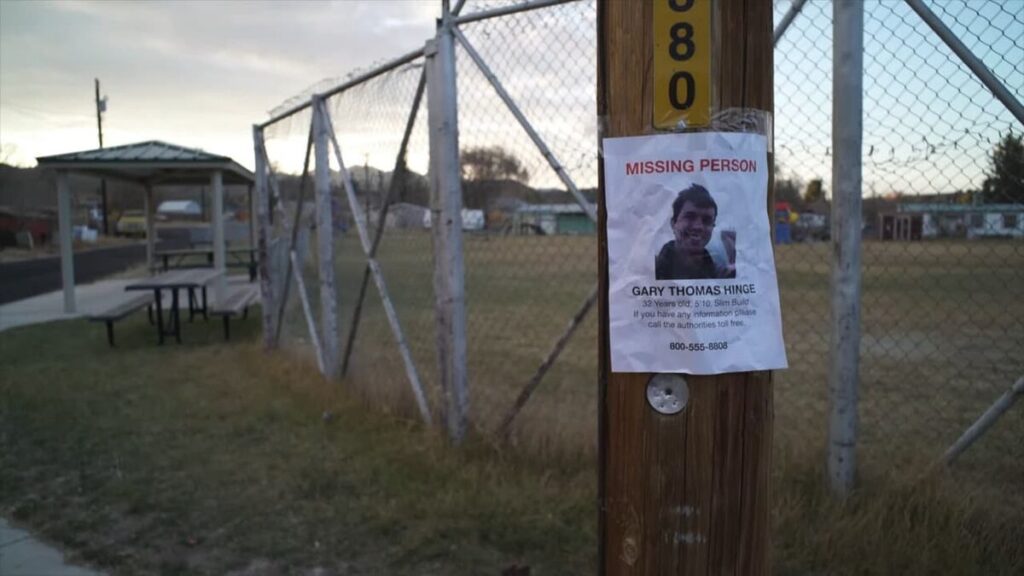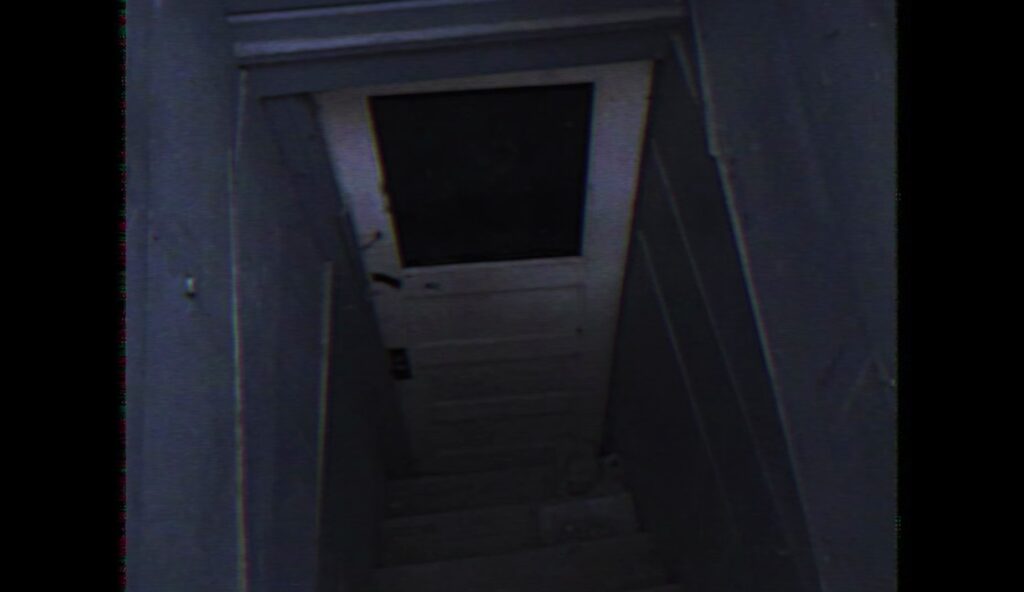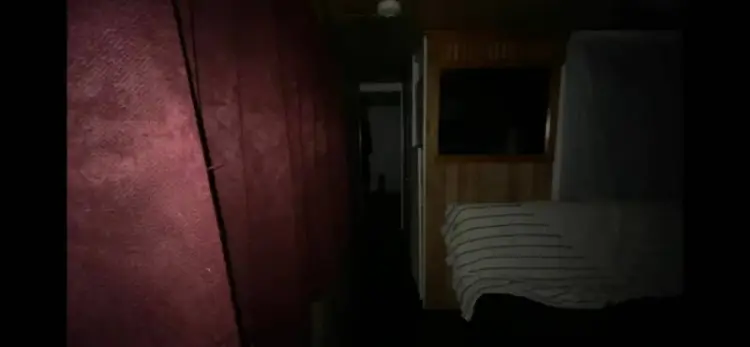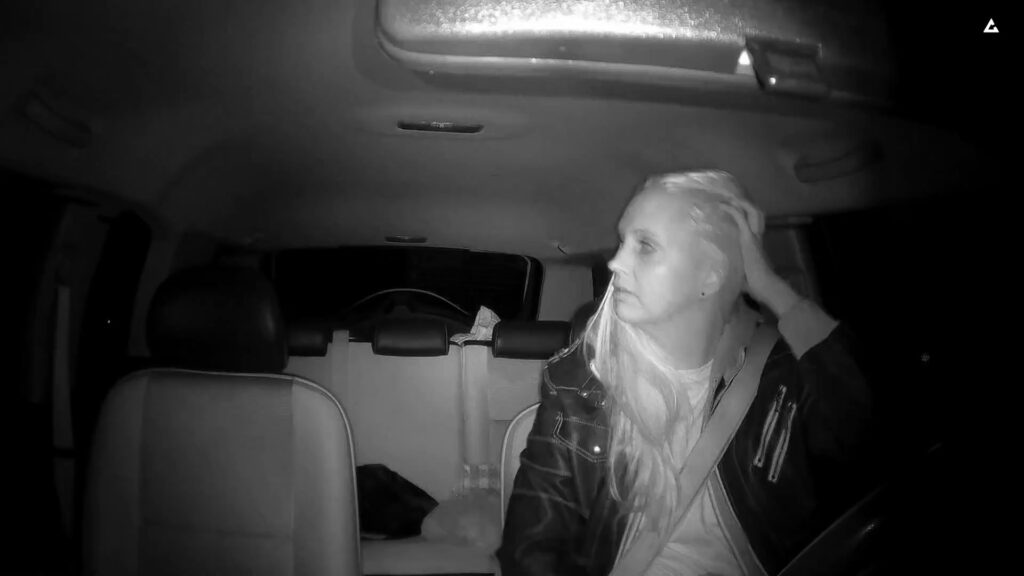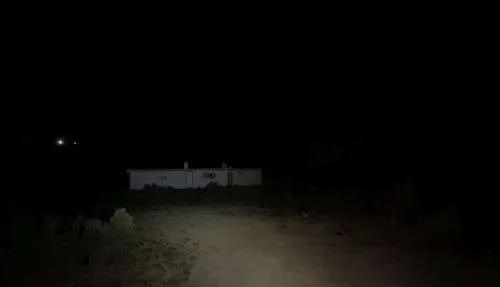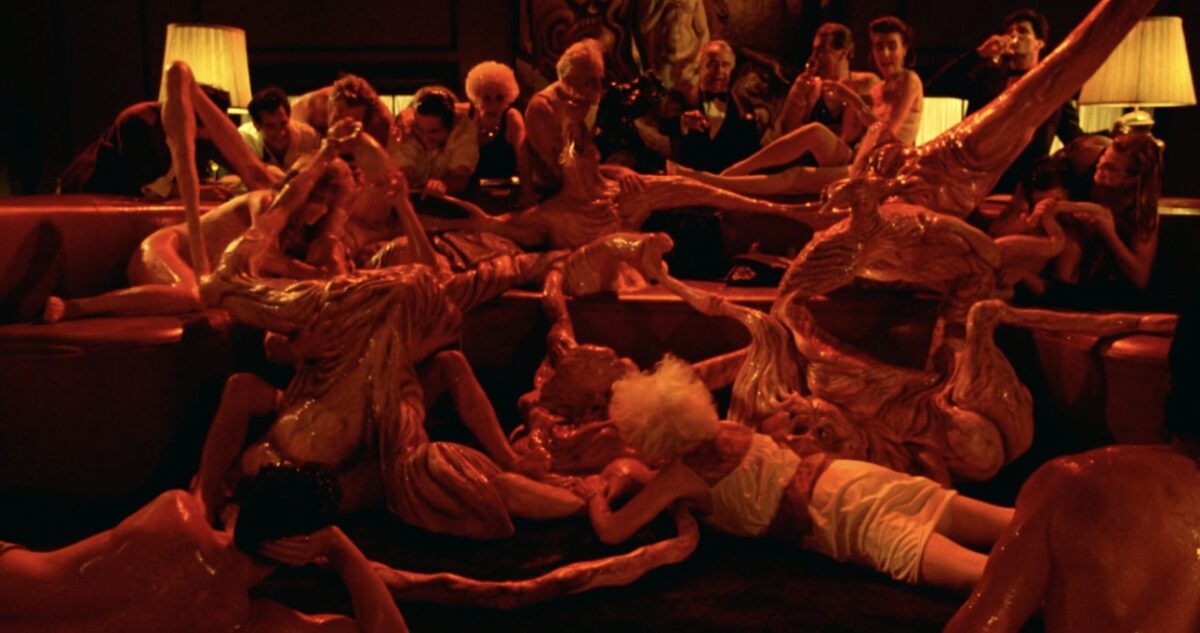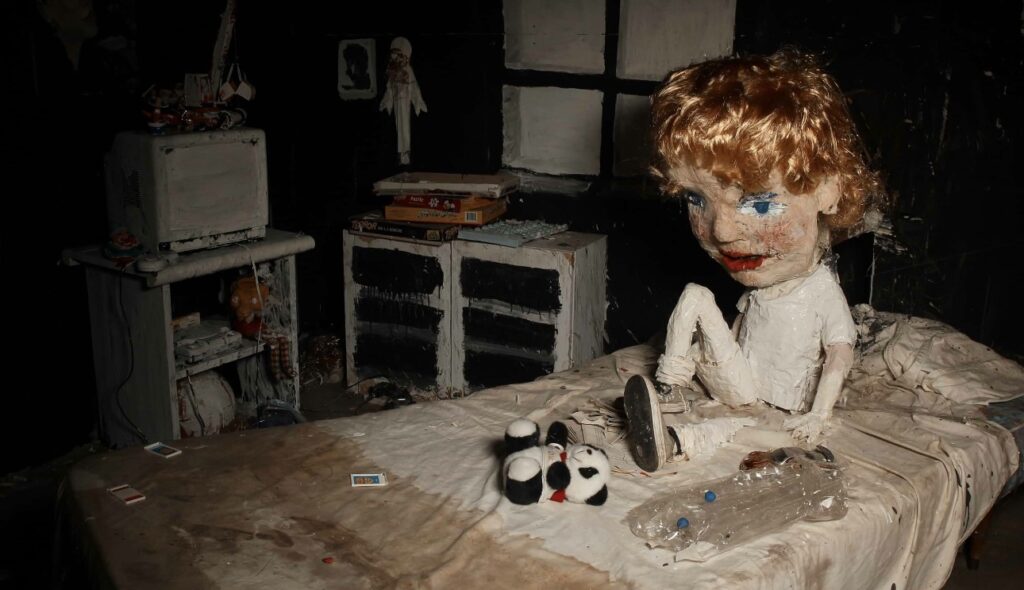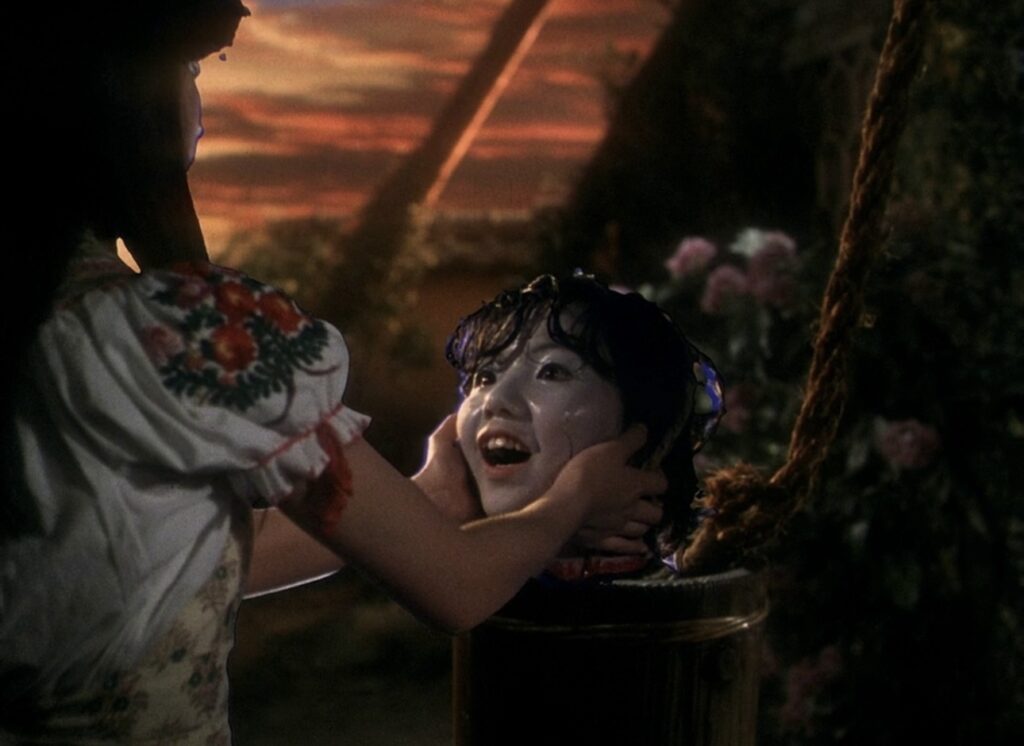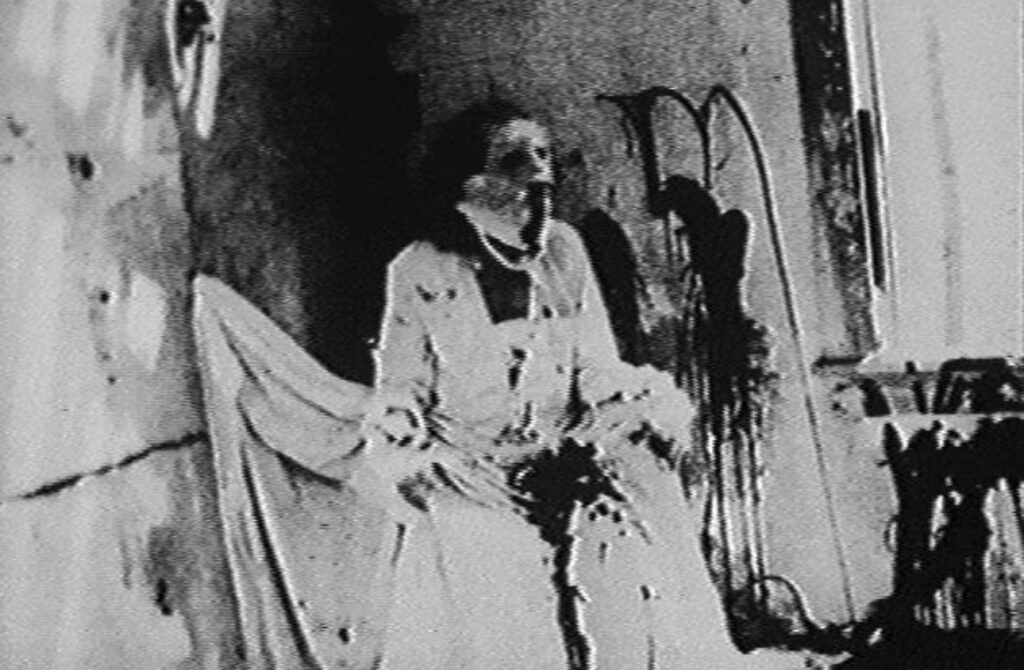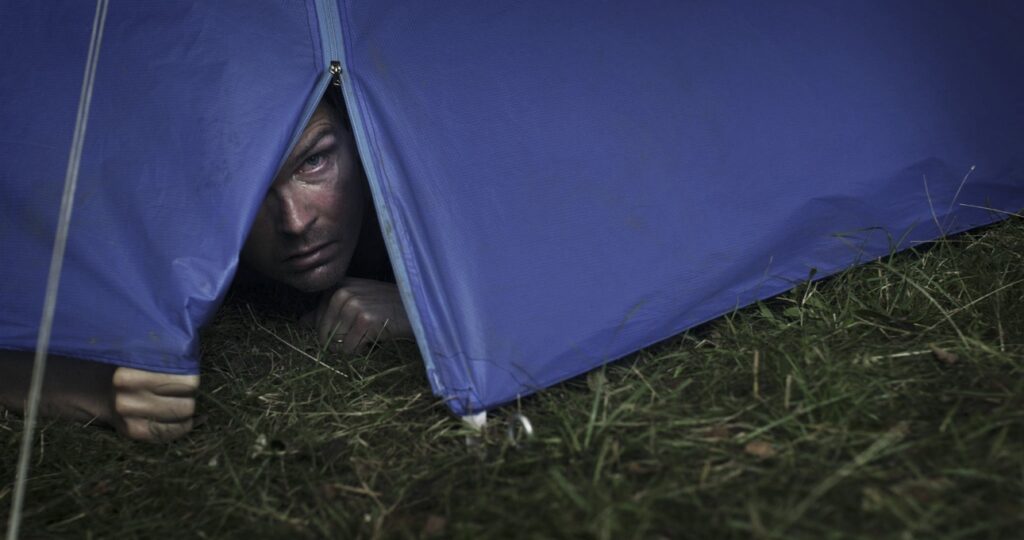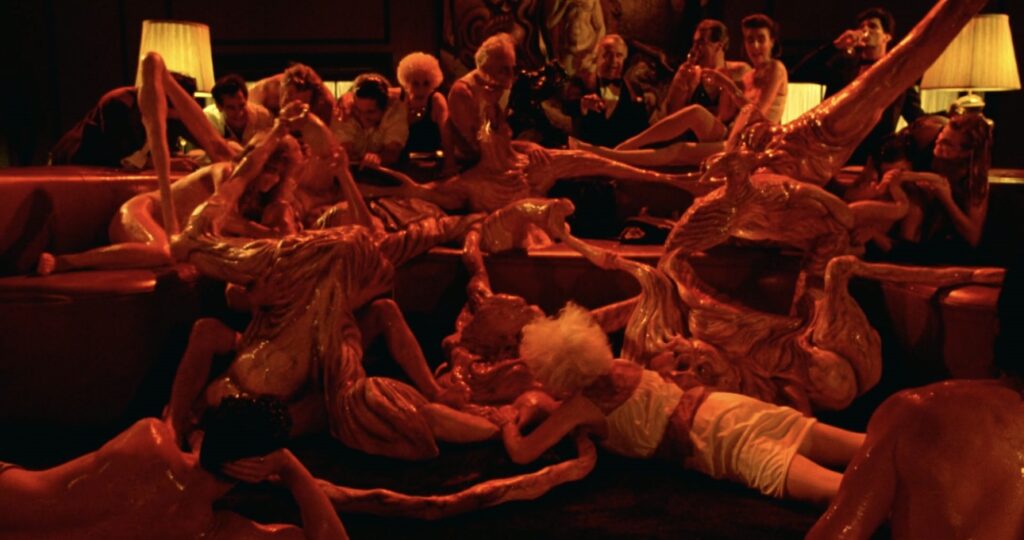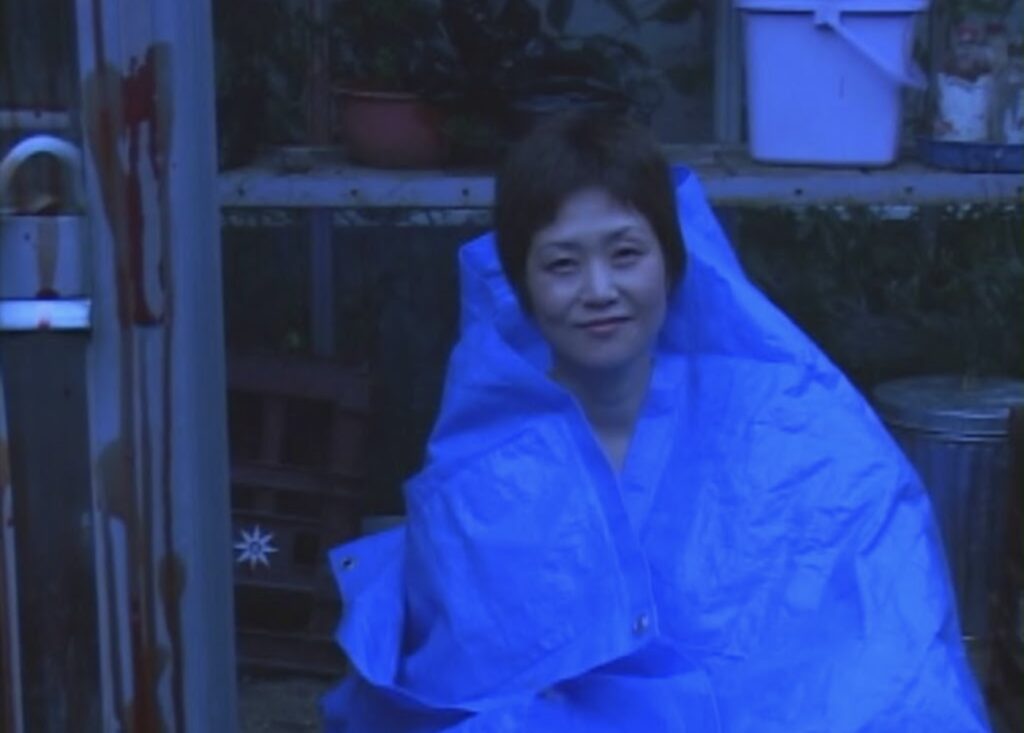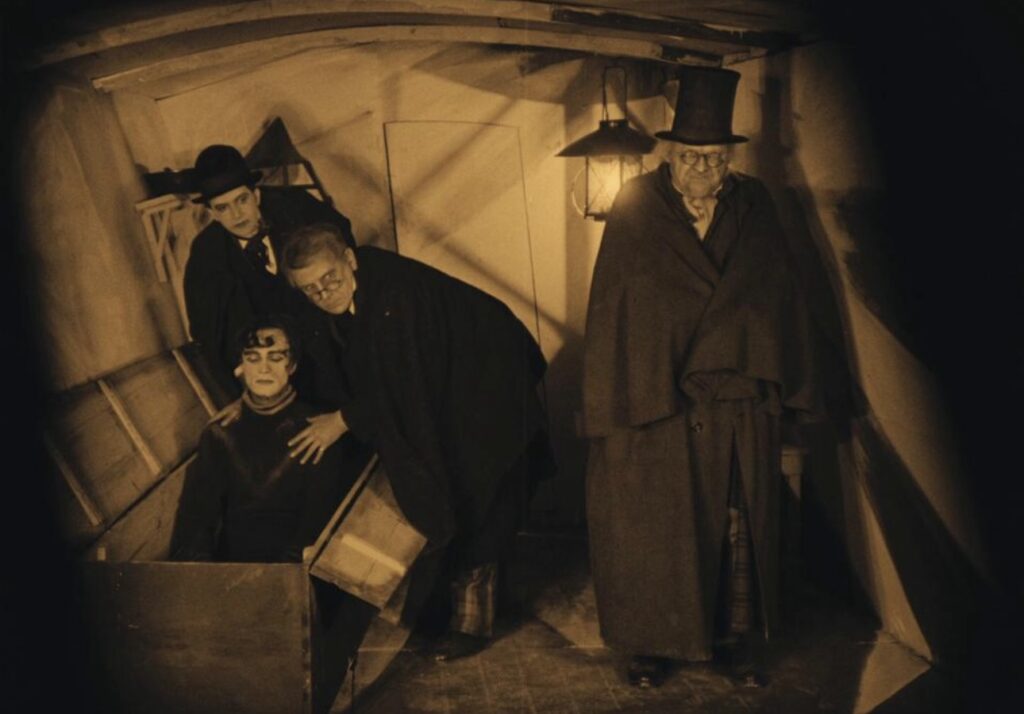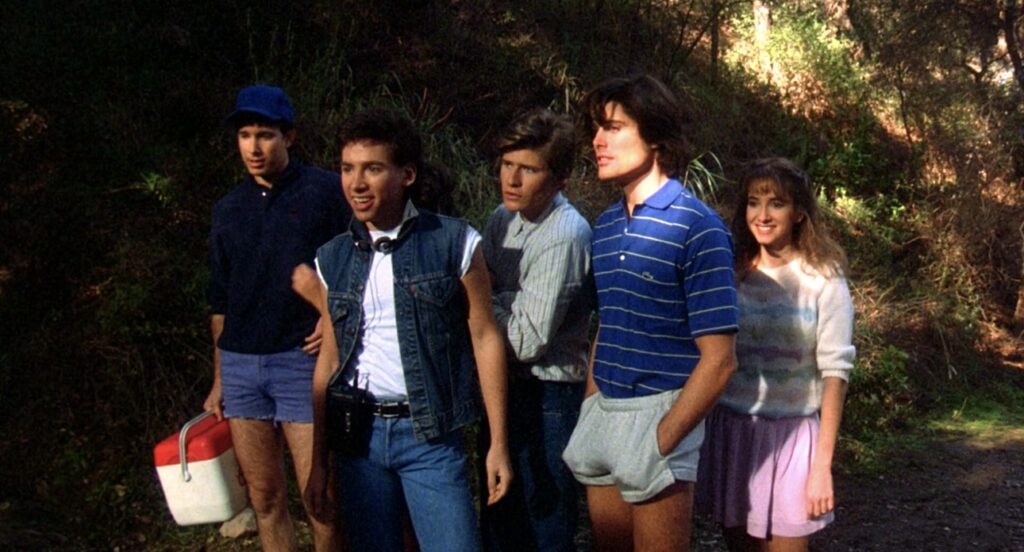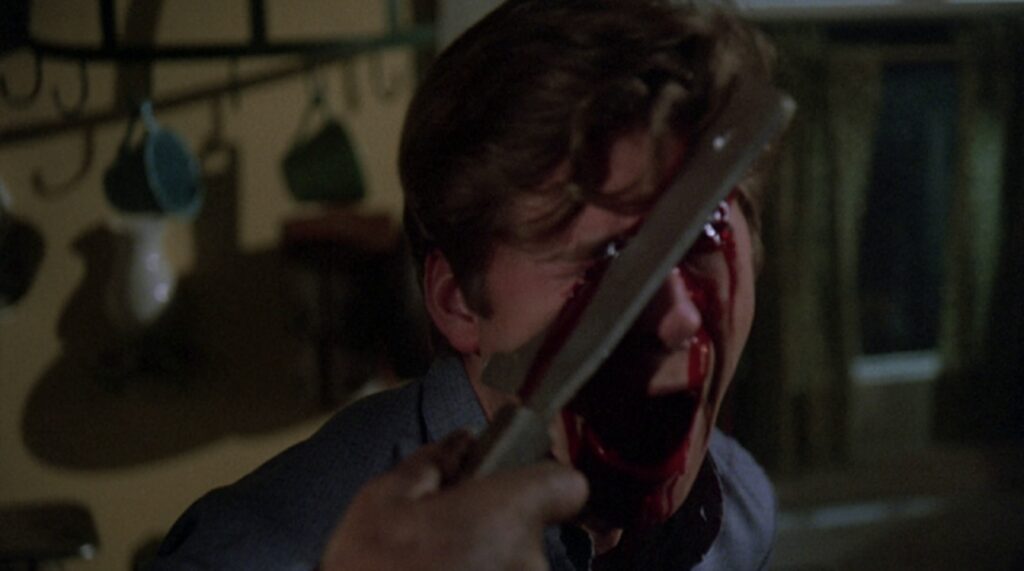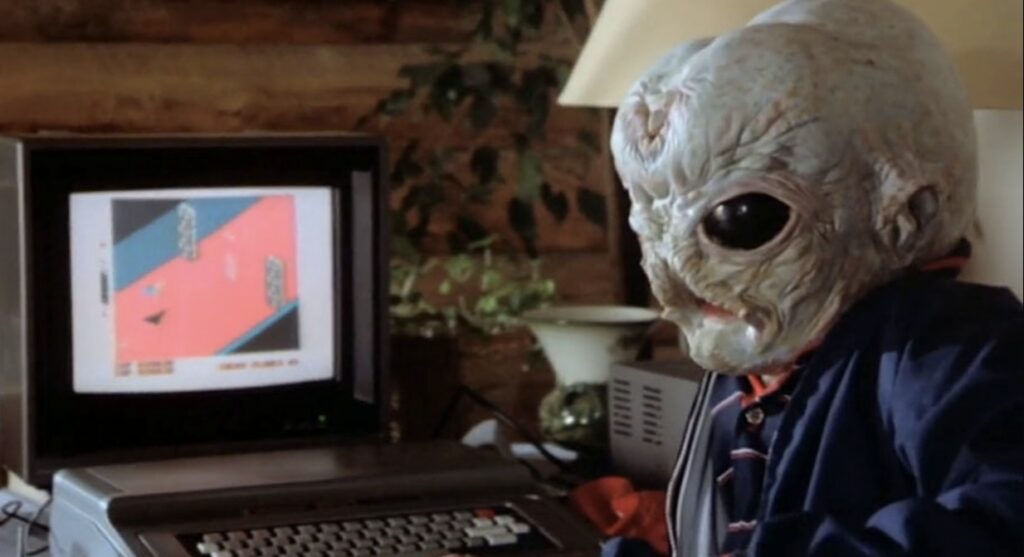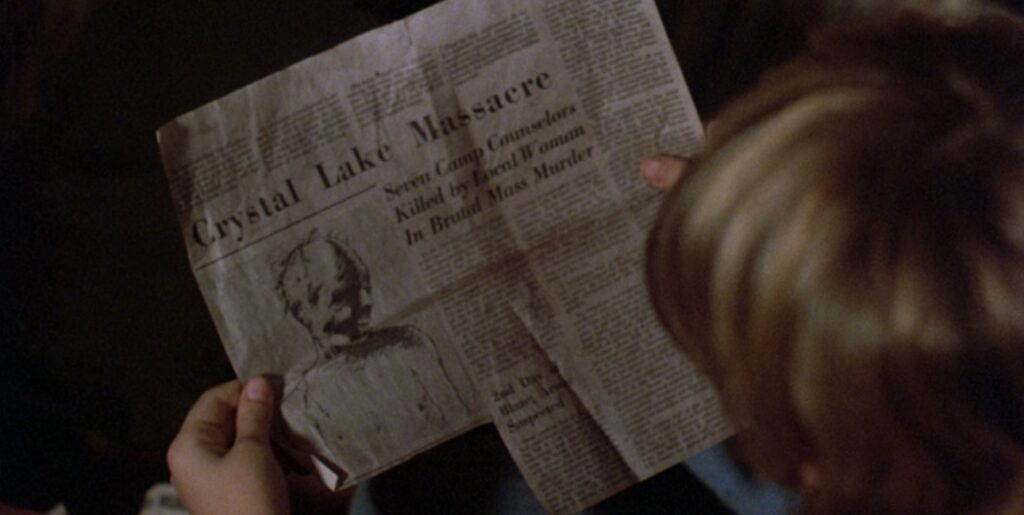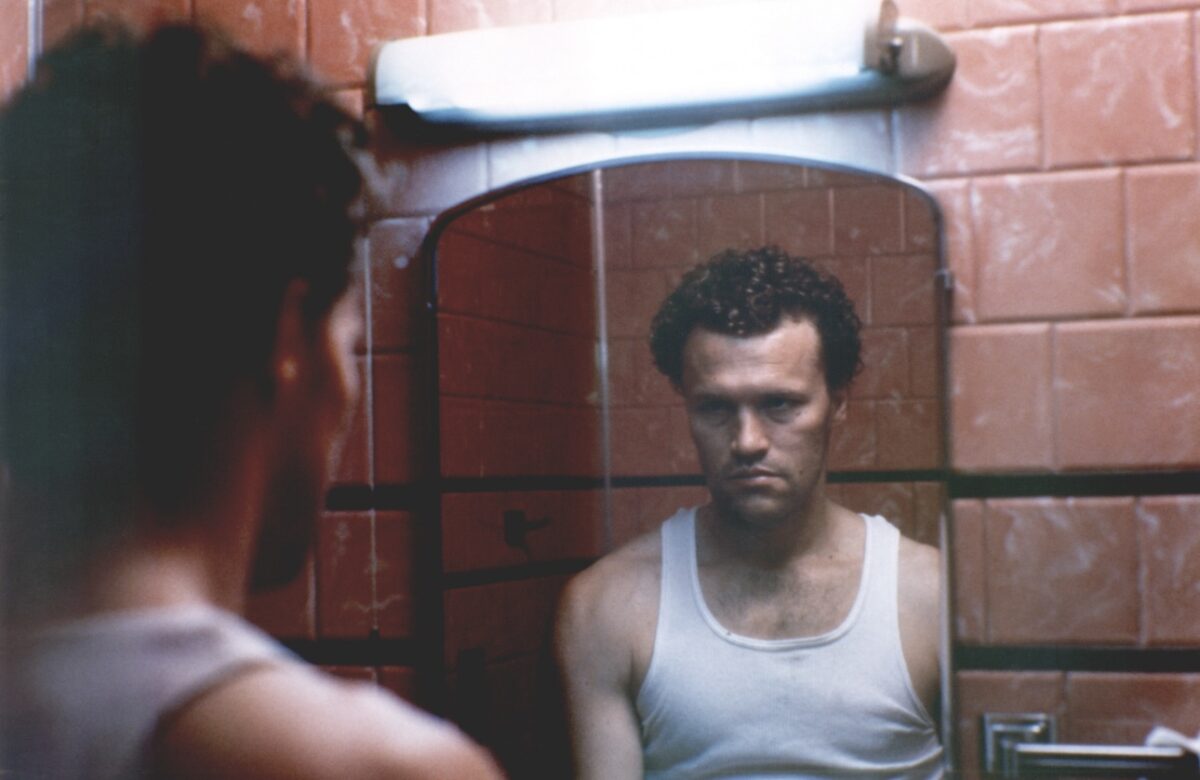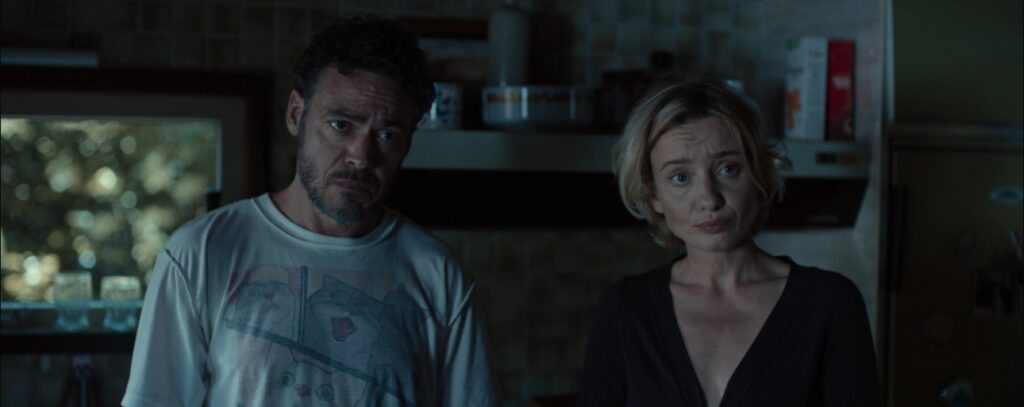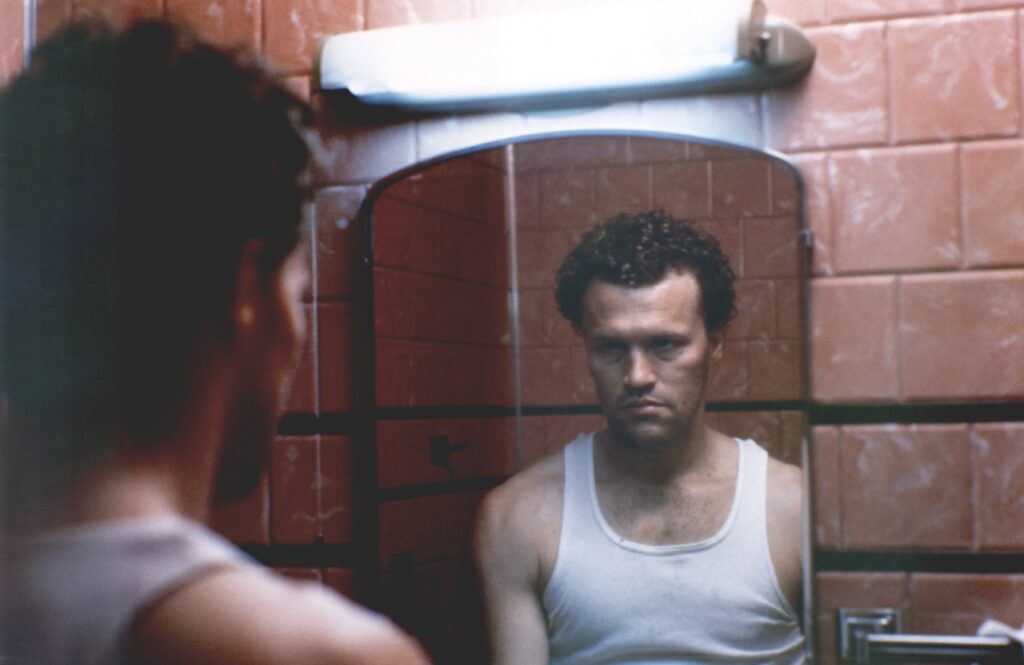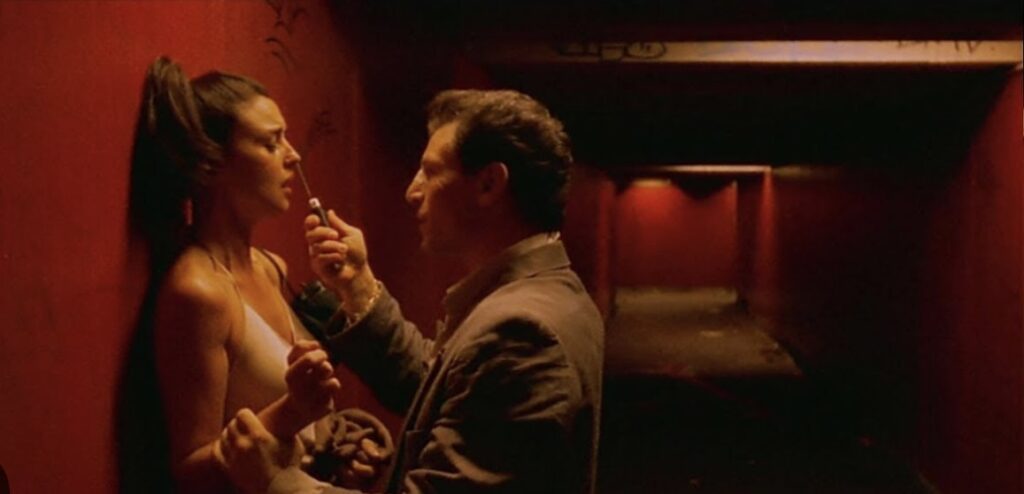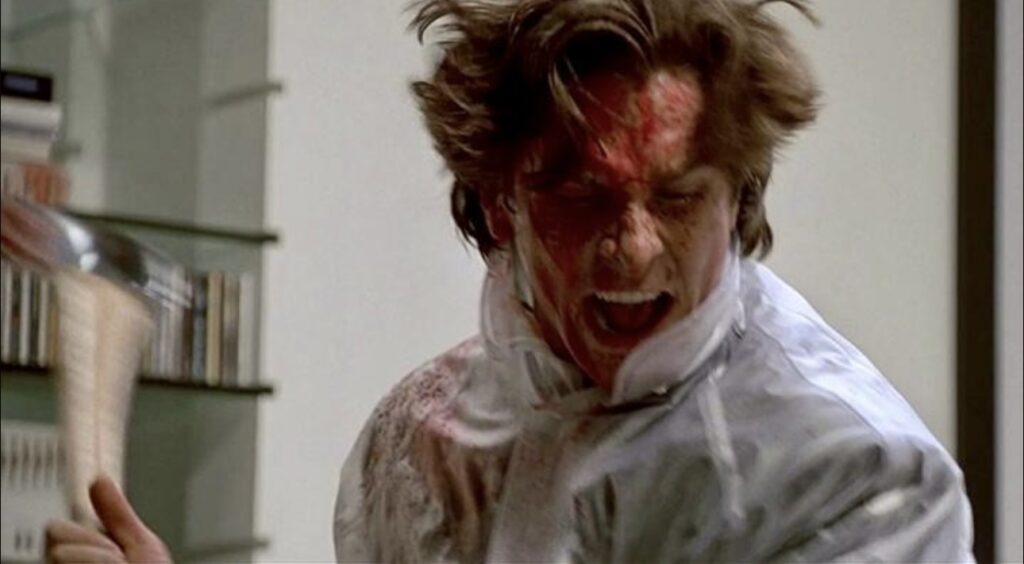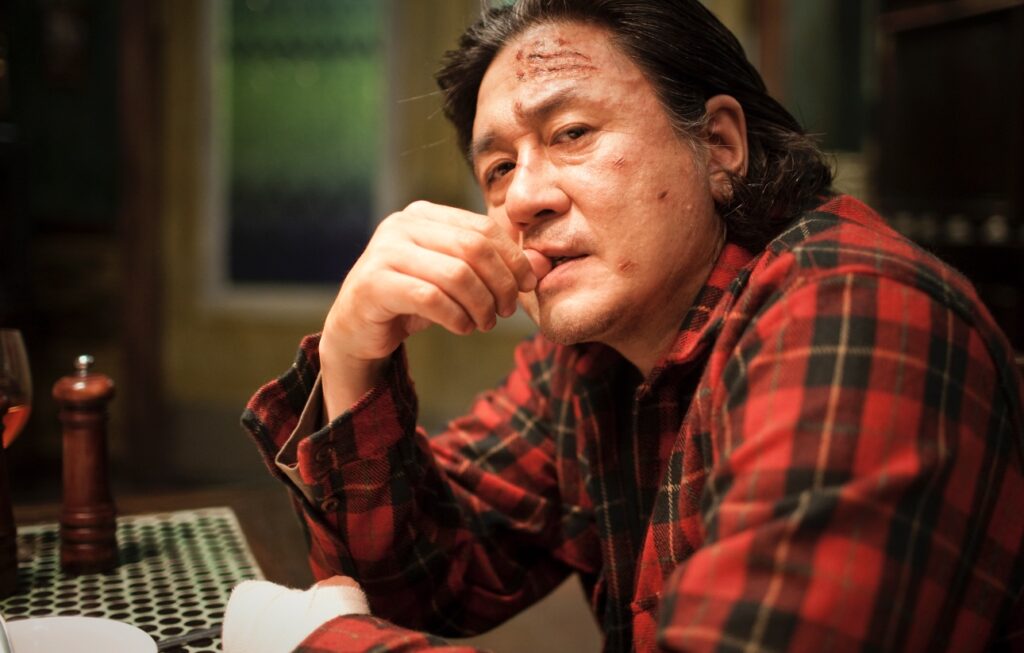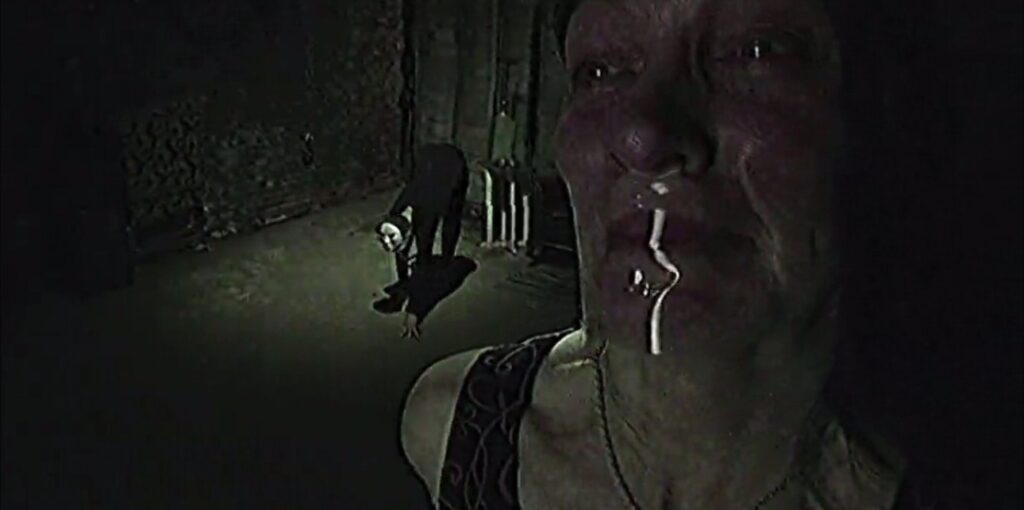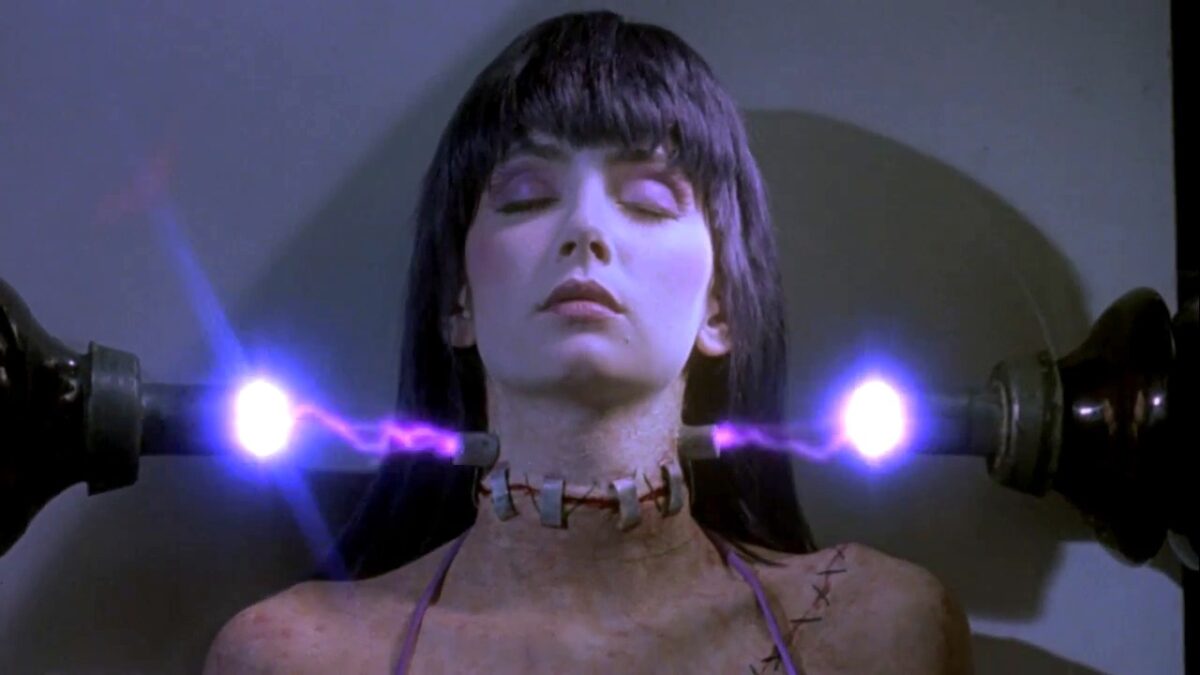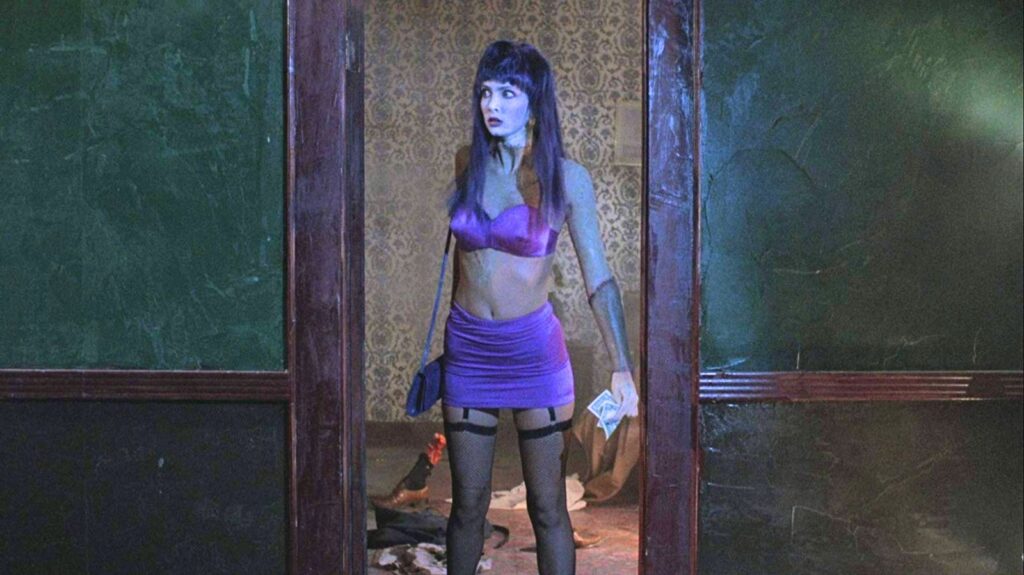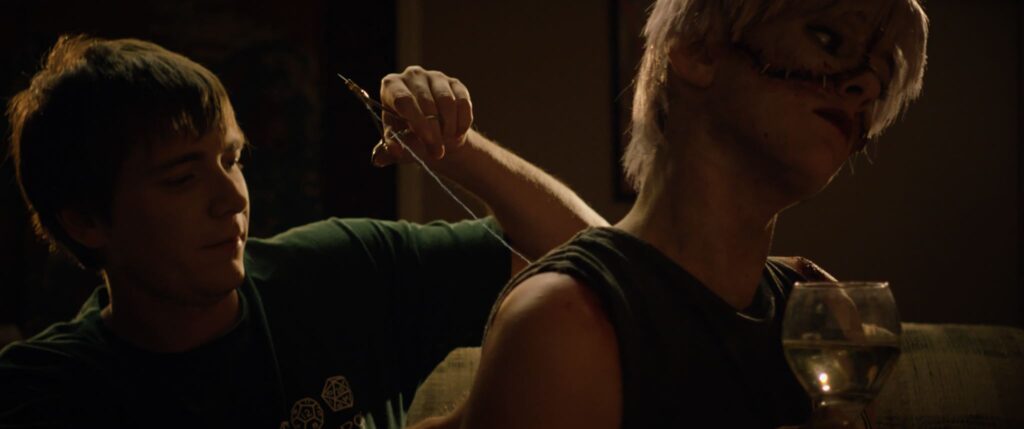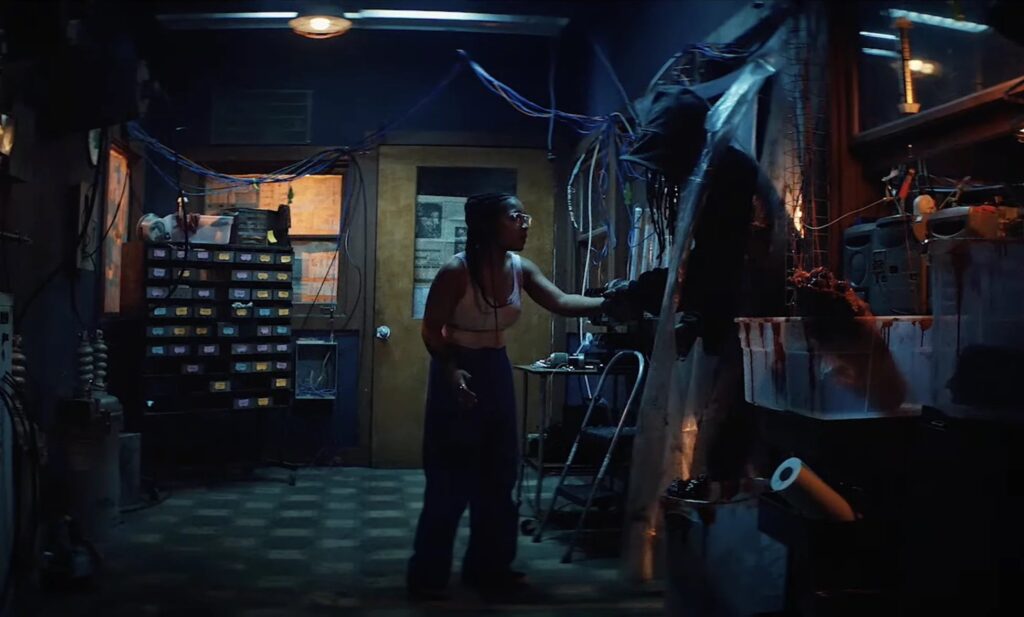Review- The First Omen (2024)
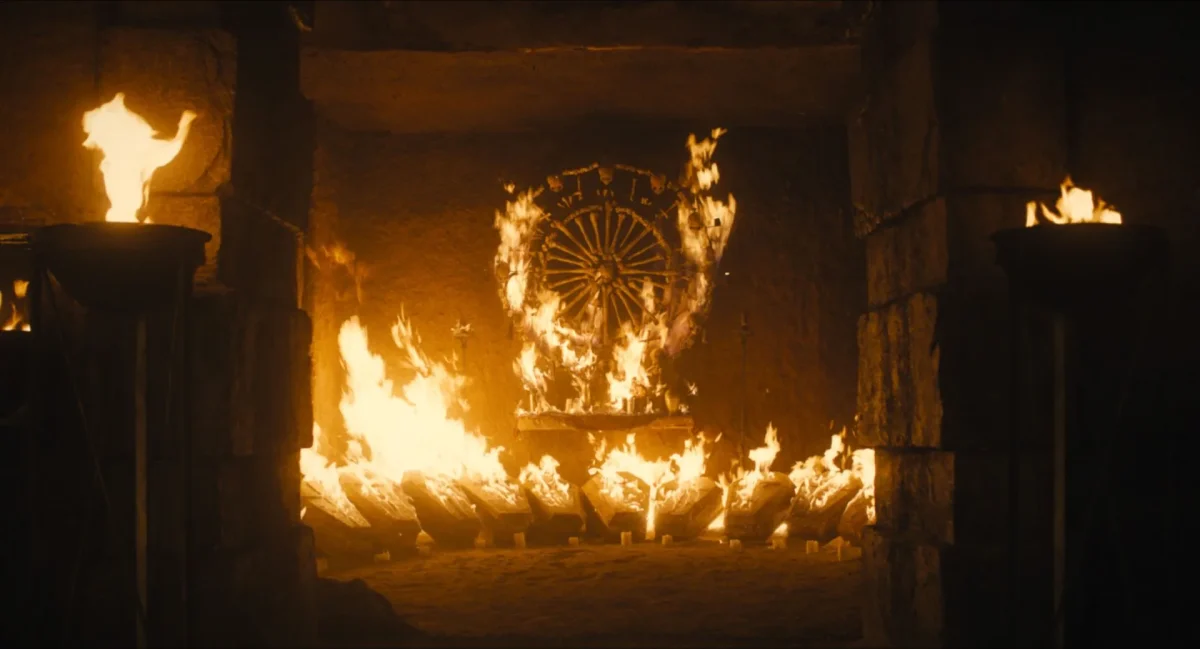

In the world of remakes and sequels, few franchises (if any) have escaped their fair share of criticism, many of which comments involve leaving the ‘original’ entry alone and stopping with the rambling continuations. One series in particular whose successors have fallen flat is The Omen. With a talented cast including Ralph Ineson, Bill Nighy and Nell Tiger Free, along with a generous budget and an adequate storyline, it seemed that The First Omen had everything in its favour. However, does the sixth instalment in the franchise live up to its grave potential…
The First Omen introduces us to Margaret (Tiger Free), a young novitiate who begins her probation before becoming a church sister. She travels to Rome to begin her service at an orphanage. During her quest, a series of events unfold, leaving her in the middle of a conspiracy between the church and the Antichrist. With the film encompassing Margaret’s discoveries and the subsequent chaotic journey of truth-seeking regarding a colossal conspiracy, the entire narrative situates itself around her both psychically and emotionally.
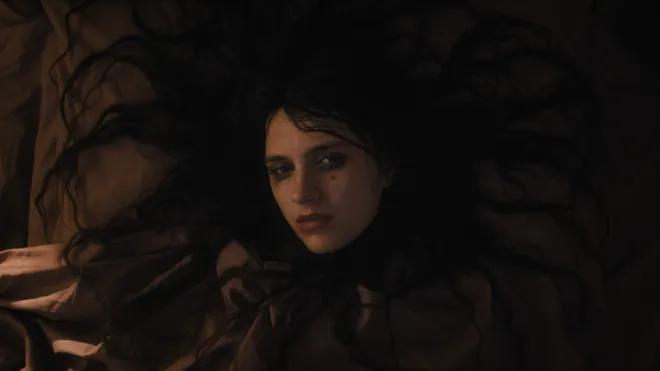
This prolonged exposure to a character requires a fully dimensional persona to be written, which writers Tim Smith, Keith Thomas, and director Arkasha Stevenson brilliantly do. Margaret’s complexity is where the figurativeness of the film shines. It captures a level of humanness which makes character study-based films excel. Take, for example, Saint Maud (2019) and Pearl (2022), both of which utilise emotional resonance to conjure a complex study of how a tainted psyche escalates situations. The First Omen joins the likes of nuanced horror films, capturing the intricacies that develop when one is in duress. Margaret is not written as a prop for which jumpscares thrive; she is a ‘real’ person whom we can imagine a backstory of, sympathise with her journey and feel the full force of terror when it comes her way.
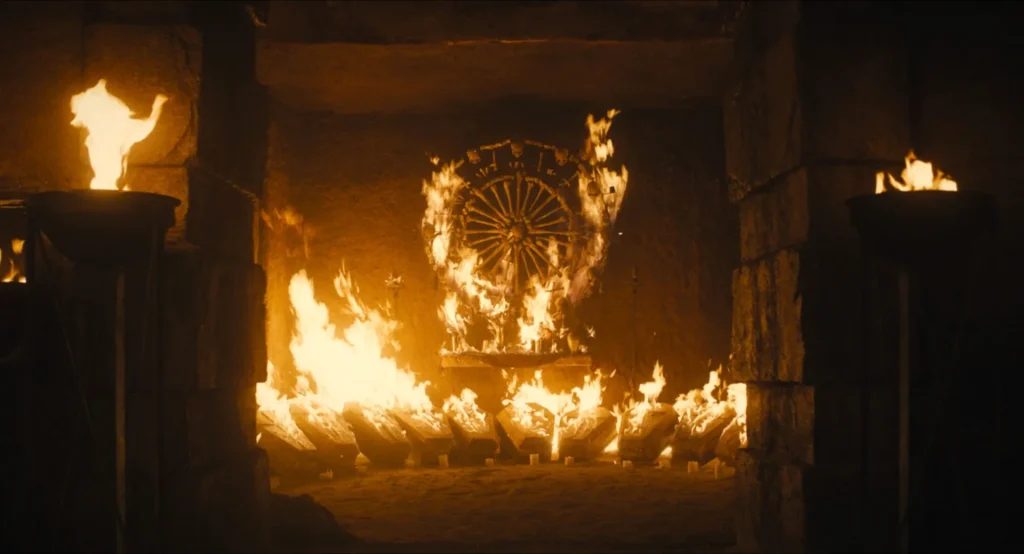
With this being said, it is worth tipping the hat to Tiger Free’s formidable performance, with her execution of a troubled, fearful, yet powerful young woman being a cinematic delight. Further to the film’s benefit is the scoring orchestrated by Mark Koven, whose previous soundtrack credits include The Witch (2015) and The Lighthouse(2019). The score is grim and foreboding, with harsh crescendos which jolt the senses without replicating a clashing metallic sound. This delicate balance of sinister atmospheric strings, along with the softer moments of choir vocals showcasing a blend of baritone lows and alto highs, is what makes The First Omen’s haunting aura swell.

In all of the film’s prominence, one thing must be said: the narrative is rather predictable. Foreseeing every story beat, big or small, can have quite a negative effect due to its revelation of transparent twists, which, more often than not, will be guessed by many viewers by the time the first chapter has ceased. This does not necessarily take away from the film’s magnitude and evident prowess, but it does mean that allure and a sense of heightened suspense are stripped back. Due to its prequel nature, meaning that we already know of the following events, and considering the film’s association with countless films it was an easy pitfall for The First Omen to tumble into.
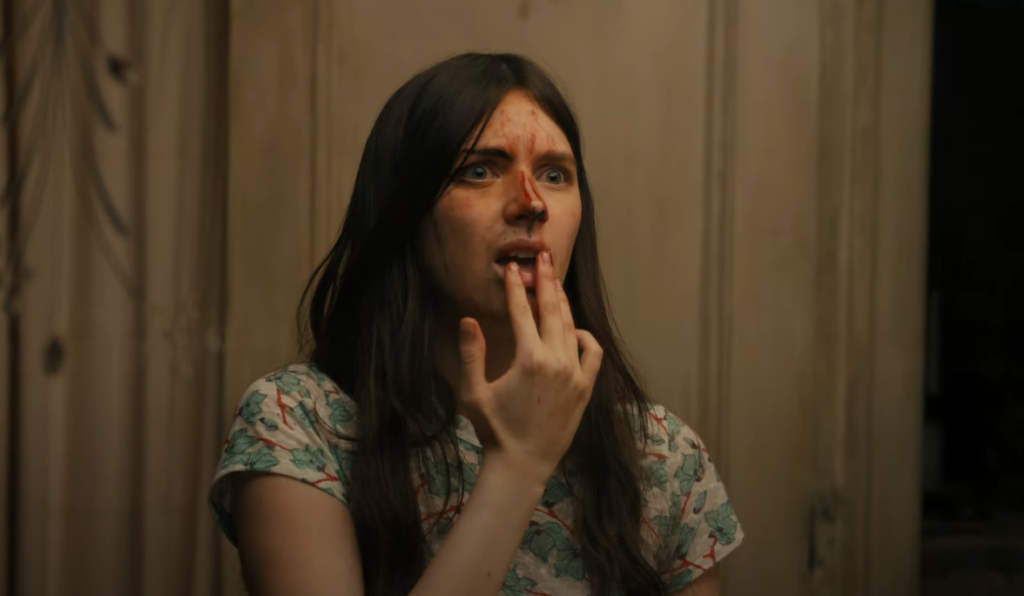
Concluding on a positive note, Stevenson’s directorial capabilities must not be overlooked by any means. With all of its merit, it is easy to forget that this film was a feature debut from the director, with her background being in television, namely season three of the anthology series Channel Zero (2018). Stevenson’s vision stands tall against the rest, executing some pretty graphic scenes (warning for those with sensitive eyes come ‘the birthing scene’!). It is this precise flare of intensity that horror fans will truly appreciate, particularly considering how many mainstream scares tend to censor gory potentials due to a barrage of rules and regulations. The First Omen breathes fresh air into the lungs of 2024’s horror, notably because of some of the releases this side of the year has seen. Is this prequel as good as Richard Donner’s The Omen (1976)? Not a chance. But is it a great standalone film incorporating a plethora of fantastic filmmaking elements? Indeed it is!
Want more top horror lists and reviews? Check out our blog here..


